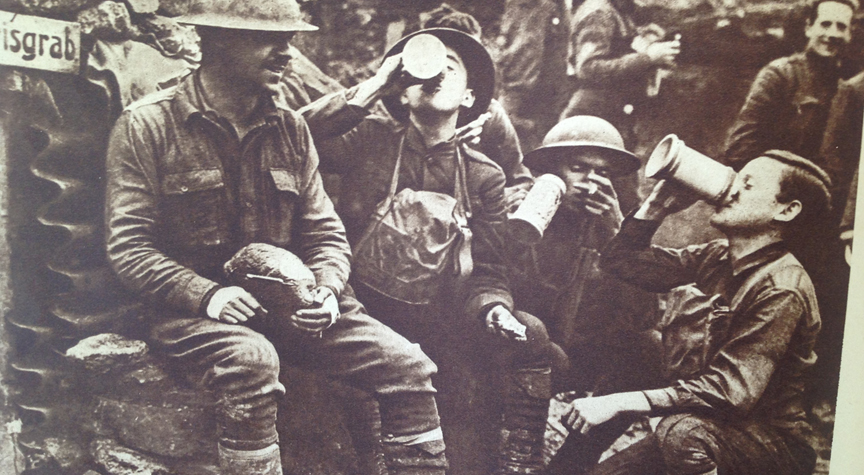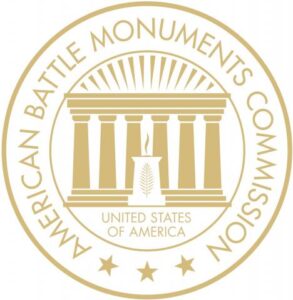
The lesson centers on researching an American soldier who fought in World War I. The research used in this lesson creates a connection to the individual and the time period. It also helps to build historical researching skills.
Guiding Questions
- Who is buried at the Meuse-Argonne Cemetery in Romagne, France?
- What were the circumstances and significance surrounding the death of one of these soldiers?
Learning Outcomes
The student will be able to:
- Navigate the American Battle Monuments Commission website.
- Research individuals using online primary and secondary source documents.
- Create a profile of a soldier buried at the Meuse-Argonne Cemetery.
Activities
Use the slide show throughout the activities that follow.
- Opening Bell Ringer: Show the class the short story about the changing of Pvt. Weiler’s grave stone at the Meuse-Argonne Cemetery. This is a clear example of how primary source research can affect the present day and of how history is a process.
- Either in pairs or individually, have the students access the American Battle Monuments Commission website. Click on the “Search ABMC Burials” tab.
- Have them filter their search to “WWI” and “Meuse-Argonne American Cemetery.”
- Have them begin their search. (Some students like to try to find their last name or they might even have a relative buried there.)
- I find that allowing students to dive into this search with some guidance can be very positive and exciting, however, depending on the needs of the classroom, the following are “noteworthy” soldiers buried in Romagne, France at the Meuse-Argonne Cemetery:
- Freddie Stowers
- Frank Luke
- Fred Smith
- Matej Kocak
- Students can also use a search engine like Google. They can enter their soldier’s name and his unit or division to narrow the search. This can lead to further information and leads.
- Using date of death and division, students can use the Blue Book Map to try to figure out the possible circumstances surrounding their soldier’s death. The map includes division numbers, as well as, dates. Although they might not get a clear reason, they can surely hypothesize about where and why based on division histories and the location of the division on the day of the soldier’s death.
- Throughout the process, the “Profile Sheet” should be used as a tool to record information, and then finally completed to show the students’ work.
- The final product is a connection to a human being who lived a years ago and is interred in a cemetery a half a world away. The student develops a connection to the war and a time often overlooked in our history.
- To close the lesson, have students share the information and discoveries they have made with the class.
Assessment
Assess students based on their “Soldier’s Profile” sheet and their sharing with the class.
Modifications
Extensions
This can extend much further than the “Profile Sheet.” Teachers can extend this research and have students create oral reports, short films, collaborative presentations, etc.
Materials Needed
- Computers with internet access
- American Armies and Battlefields in Europe (Blue Book)
- Maps of Meuse-Argonne Offensive from the Blue Book
- Soldier Profile Handout
- Human Connection Slideshow
 An official website of the United States government. Here's how you know.
An official website of the United States government. Here's how you know. 